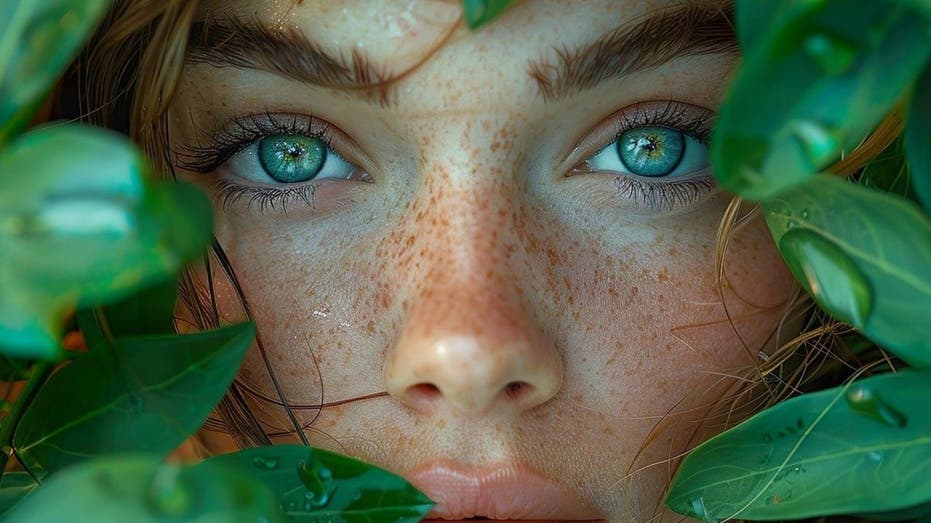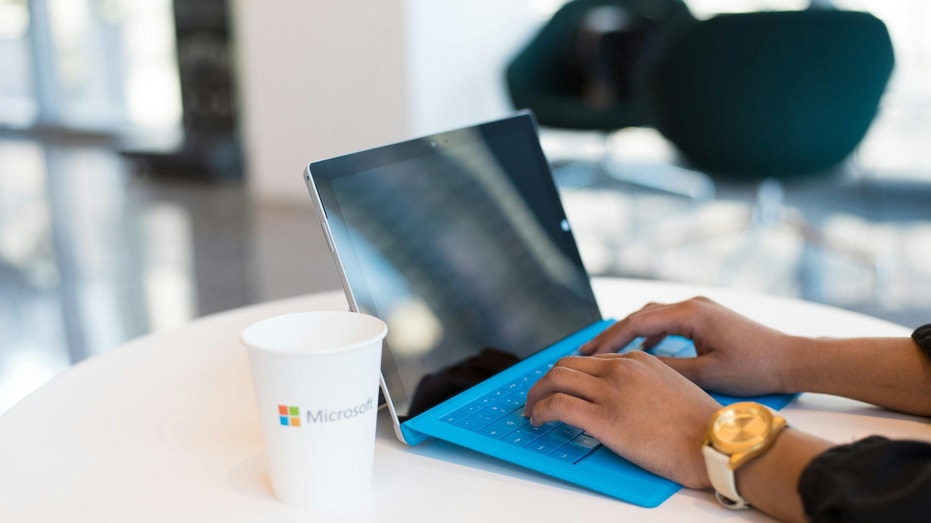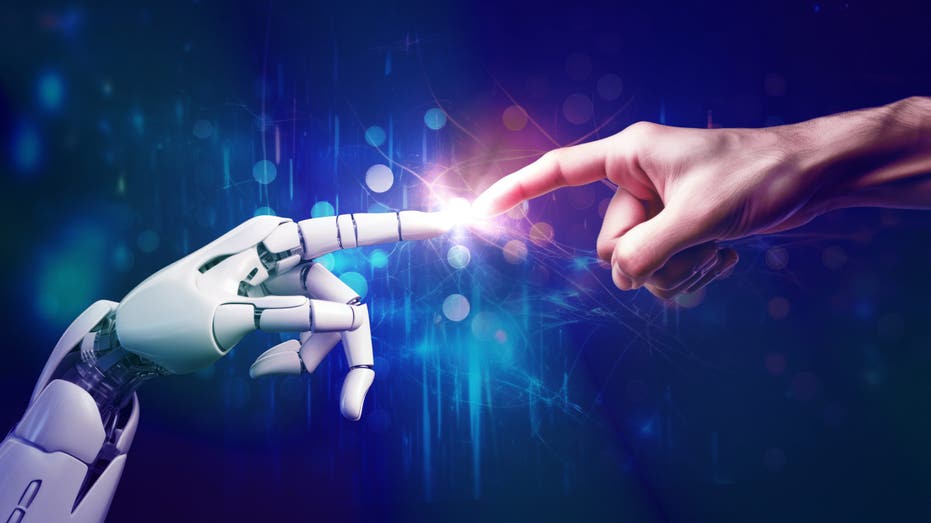The 10 Telltale Signs of AI-Created Images

Sarah Johnson
March 21, 2025
Brief
Learn how to spot AI-generated images with tips on recognizing facial oddities, unrealistic textures, lighting errors, metadata clues, watermarks, and more to avoid misinformation.
With the rapid rise of AI tools, spotting an image created by artificial intelligence has turned into a modern-day game of "I Spy." As these tools get increasingly sophisticated, distinguishing between the real and the AI-generated can feel like a daunting task. But don’t fret—there are still plenty of signs that can help you separate human-created images from their digital doppelgängers.
1. Oddities in Faces, Hands, and Textures: When it comes to human features, AI tends to fumble the details. Look for inconsistencies like extra fingers, impossibly smooth skin, or an unnerving number of teeth. Hands, in particular, seem to be AI’s Achilles’ heel—think fingers bent like pretzels or outright missing.
2. Picture-Perfect Textures: If an image looks too flawless, it might be courtesy of an overly eager AI. Skin that’s unnaturally poreless or trees that resemble plastic props are dead giveaways.
3. Lighting and Shadows Gone Rogue: AI often struggles to make sense of light and shadow. Check for poorly placed shadows or lighting that feels flat and unrealistic.
4. Background Blunders: Depth and perspective remain challenging for AI. Blurry objects, distorted skylines, or mismatched backgrounds are red flags that the image might not be as real as it seems.
5. Jumbled Text: AI-generated images often feature garbled, nonsensical text. If the letters look like they’ve been through a blender, you’re likely dealing with AI output.
6. Hidden Biases: AI models learn from existing datasets, which can include biases. For example, images of prestigious roles often default to White males. It’s a glaring issue and a reminder that AI is only as unbiased as the data it’s fed.
7. Illogical Elements: From neon-colored animals to fantastical gadgets, AI sometimes gets a little too creative. If something in the image feels like it belongs in a dream (or a nightmare), trust your instincts.
8. Watermarks: Some AI tools automatically embed watermarks into generated images. These are often tucked into corners or subtly integrated into the background.
9. Metadata Mysteries: Real photos usually come with metadata—details like resolution or copyright information. AI images, on the other hand, often lack these telltale digital breadcrumbs.
10. Reverse Image Search: If you’re still unsure, a reverse image search can be your best friend. If the image floods social media but doesn’t appear on credible websites, you might want to raise an eyebrow.
AI-generated images are undeniably fascinating, but they also raise serious concerns about trust and misinformation. Being able to identify these images is more than just a fun skill—it’s a way to protect yourself and maintain integrity in a world that’s increasingly blurred by technology.
What other types of AI content would you like help identifying? Drop us a line at Cyberguy.com/Contact. Let’s keep uncovering the truth together.
Topics
Editor's Comments
The irony of AI struggling with hands and teeth while excelling at creating near-perfect landscapes is almost poetic. It's like the tech skipped human anatomy class but aced 'Happy Little Trees 101.' On a serious note, though, the biases baked into AI systems are a big red flag. Technology might be neutral, but the data feeding it clearly isn’t. Let’s keep an eye on that as we embrace this brave new world.
Like this article? Share it with your friends!
If you find this article interesting, feel free to share it with your friends!
Thank you for your support! Sharing is the greatest encouragement for us.



